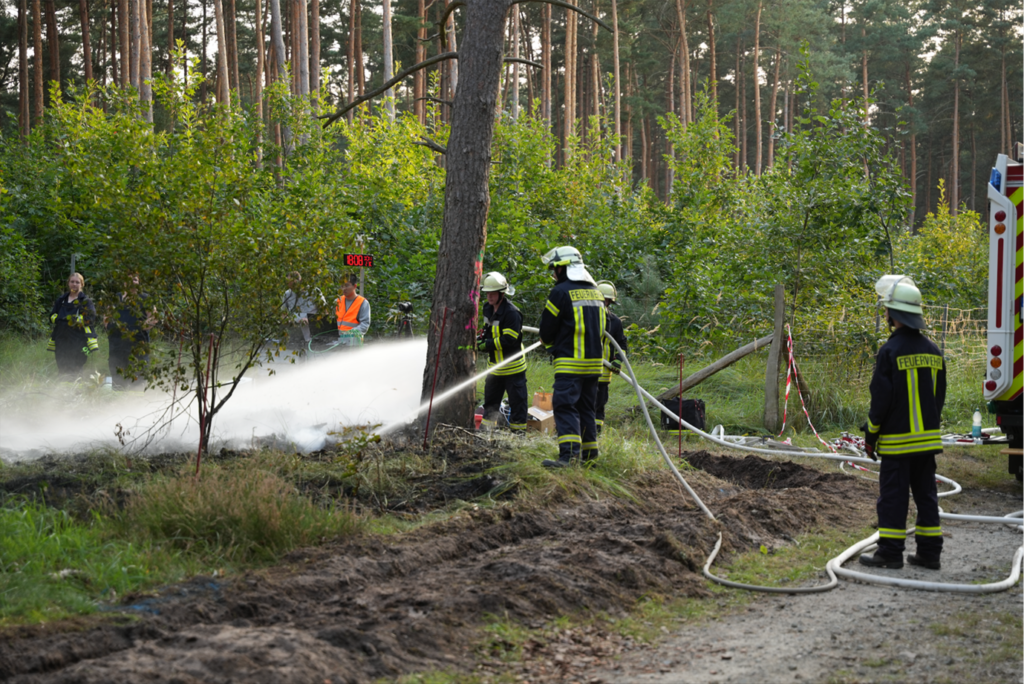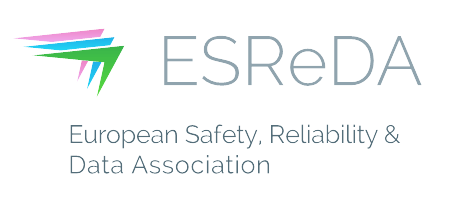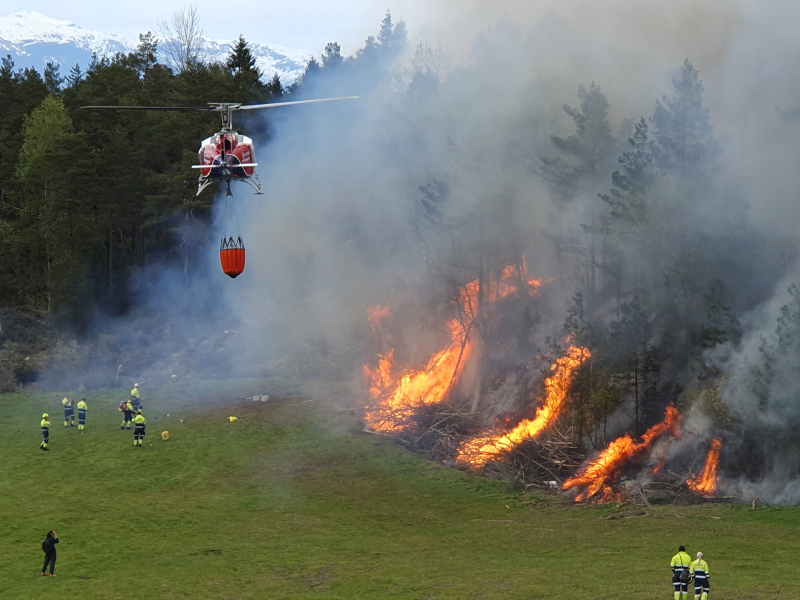Social Return on Investment (SROI) is a methodology used to measure the social, environmental, and economic value of an investment, a program, or a project. It is destined to evaluate the social impact of a particular initiative, beyond conventional financial metrics and returns. To this direction, SROI factors a broad range of parameters, such as stakeholder engagement, community well-being, environmental sustainability, and social justice. SROI is used by a variety of organizations, including non-profits, governments, and businesses, to assess the social impact of their activities and investments. The SROI methodology bear similarities to conventional ROI (Return on Investment) methodologies. As such it starts with a detailed analysis of the costs and benefits associated with a particular investment or project. Nevertheless, ROI methodologies are generally focused on the monetary aspects of the cost-benefit analysis, while SROI considers quantitative and qualitative data that address socio-economic aspects as well. The latter are used to demonstrate the social and environmental benefits delivered by the investment, which come over and above its financial benefits. To this direction, SROI methodologies strive to consider both tangible and intangible socio-economic benefits. SROI is a powerful tool for extracting insights on the social performance of an investment. At the same time, it can help organizations make more informed decisions about where to allocate resources in order to maximize their social impact. In principle, SROI calculations can be classified in two different types: Evaluative SROI: This type of SROI analysis is conducted following the implementation of some intervention in order to assess the value of the achieved outcomes. Forecast SROI: This type of SROI analysis takes place prior to undertaking an SROI investment. It provides predictive insights on the potential social, environmental, and economic benefits of the investment and is used as a decision-making tool. For instance, it enables potential investors to evaluate the expected benefits of a project, while also comparing these benefits with the outcomes of other alternative investments. Social Return on Investment for Wildfires Systems The SROI methodology is highly relevant to projects like the EU funded H2o20 TREEADS, which aims at creating an integrated platform for anticipating, preventing, managing and alleviating the adverse effects of wildfires. TREEADS is developing a wide range of systems and services that cover the entire wildfires management lifecycle. Stakeholders investing and adopting TREEADS had therefore better evaluate the social and financial performance of their investments. To this direction, TREEADS is also developing an SROI estimation methodology that is customized for wildfires prevention and response systems. In the context of wildfires prevention, response, and management systems, SROI methodologies involve the following steps: Scope and objectives definition: This involves identifying the specific prevention and response systems that will be evaluated. In the case of TREEADS, the consortium is already developing a wide range of complementary systems and solutions. The project’s SROI methodology must therefore consider the performance of the systems individually, as well as the performance of their combination in integrated deployments. Furthermore, this step shall define the timeframe of the analysis, and the exact social, environmental, and economic impacts that must be measured. Outcomes and stakeholders mapping: This step of the methodology focused on identifying the outcomes of the prevention and response systems, as well as the stakeholders who are affected by those outcomes. Some of the main outcomes of the project, include: the reduction of fatalities from wildfires, the reduction in accidental fire ignitions, the reduction in emissions from wildfires, the faster and more effective control of extreme and potentially harmful wildfires, as well as a reduction in building losses. Likewise, TREEADS systems address the needs of a variety of stakeholders, including civil protection authorities, local governments, citizens, firefighters, first responders, volunteering communities, and environmental policy makers. Assign values to the outcomes: This part of the methodology is quite challenging. It involves the assignment of a monetary value to each one of the expected outcomes in order to measure their socio-economic impact. For example, TREEADS’s ability to control fires faster and to reduce building losses have a direct economic benefit on the cost of rebuilding these homes if TREEADS systems did not existed. One of the main challenges in this part stems from the uncertainty of the estimations. SROI is much more challenging than ROI calculation due to the need to identify, assess and quantify intangible social, environmental and economic benefits. Identify indicators and collect data: In this step of the methodology, we identify indicators that can be used to measure the outcomes. Likewise, necessary data are collected, including data for benchmarking and evaluation of the TREEADS’s impact. For instance, data about the number and severity of wildfires, the number of buildings destroyed, and the cost of prevention and response efforts are collected. SROI Calculation for TREEADS Systems: Leveraging the above-listed data collection and the assigned values to the various outcomes, it is possible to calculate the SROI indicator. The latter is produced by dividing the total social, environmental, and economic value created by the total investment in the TREEADS prevention and response system. Specifically, the calculation can be based on the SROI formula. Understanding the SROI Formula The formula for SROI calculation is as follows: SROI = (Social Value Created / Investment) x 100% The Social Value Created refers to the positive outcomes or impact generated by an the TREEADS fire prevention and response systems. It leverages the financial value assigned to the various outcomes and benefits that stem from the deployment of the system. As already outline, the estimation of the social value must account for tangible and intangible benefits. On the other hand, the investment refers to the resources (e.g., financial resources, human resources, and materials) invested by an organization in order to deploy and operate the TREEADS system and to benefit from the social value that they generate. For example, if an organization that invests 100.000 EUR in the deployment and operation of a TREEADS solution generates 200.000 EUR in social value, the SROI formula will yield: SROI = (200,000 / 100,000) x 100% = 200%









